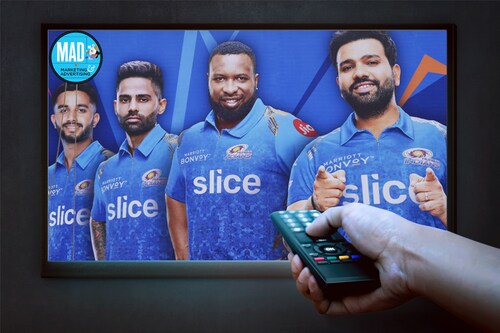The whole picture: Apart from content, what can attract more eyeballs on TV?
The three Rs—reach, ranking and ratings—are what advertisers and media buyers tune into to fix their television planning


Mohit Joshi starts with a long shot. The first requirement for any TV channel, underlines the chief executive officer (CEO) of Havas Media Group India, is to ensure sufficient distribution and coverage so as to secure maximum exposure to the potential audience base. “Reach is the number of people who watch a particular channel within a specified period of time," he explains. Joshi now zooms in to take a close shot. “What drives ratings today is engagement," says the CEO. The quality of audience and the audience experience with content on the platform are crucial.
What makes the picture complete, though, is a montage of frames. Today, audiences are exposed to a plethora of content that is easily accessible across multiple platforms. “Therefore, one has to not only ensure the right reach and distribution but also the right content," reckons Joshi. After all, this is what makes viewers spend more time on the platform. “So, the more time audiences spend watching a channel or a programme, the higher its ratings will be," he contends.
Cut to advertisers. Though both the reach and ratings are important, the pendulum keeps swinging depending on the context. Take, for instance, the Indian Premier League (IPL). If an advertiser is buying a spot, then the ratings might be the right metric. After all, how else would you get to know how many people are likely to view it? In other cases, it’s the reach that tops the consideration pecking order. If an advertiser is buying a news channels for a certain campaign period, then how many people will get the opportunity to see the commercial within that time period becomes the key.
Agrees Tushar Khakhar, first executive at digital marketing firm AGENCY09. The reach sets the boundaries and audience potential, he underlines. “There is always a possibility of more eyeballs when there is more reach. And more eyeballs means more potential conversions," he contends. For advertisers, the greater the reach, the higher the conversions or sales, leading to a greater return on advertising investments. Khakhar, though, is quick to talk about the ‘dirty picture’. “Landing page info is forced content," he says. It will face a lot of bounce and eventually restrain towards that channel, he adds.
Joshi points out another crucial element: Pricing. “This (pricing) is nothing but a demand-supply equation," he says, adding that one needs both reach and ranking to create demand. “Once you have takers, it’s a question of at what price," he says. The IPL, he underlines, is sold at a premium only because it not only has demand in the market but also brands are willing to pay that price premium to get a share of the pie. And what helps in deciding media allocation is data. One needs to have credible set of info. “BARC is the only currency in the industry on the basis of which millions of dollars are spent," he says. Any consumer connect will obviously throw some light on what is working on-ground in terms of channels and programmes but to arrive at efficiencies, one needs a proper and credible metric. “BARC data is more comprehensive than its predecessor’s… it holds credibility that way," reckons Khakhar.
First Published: Sep 07, 2022, 12:24
Subscribe Now